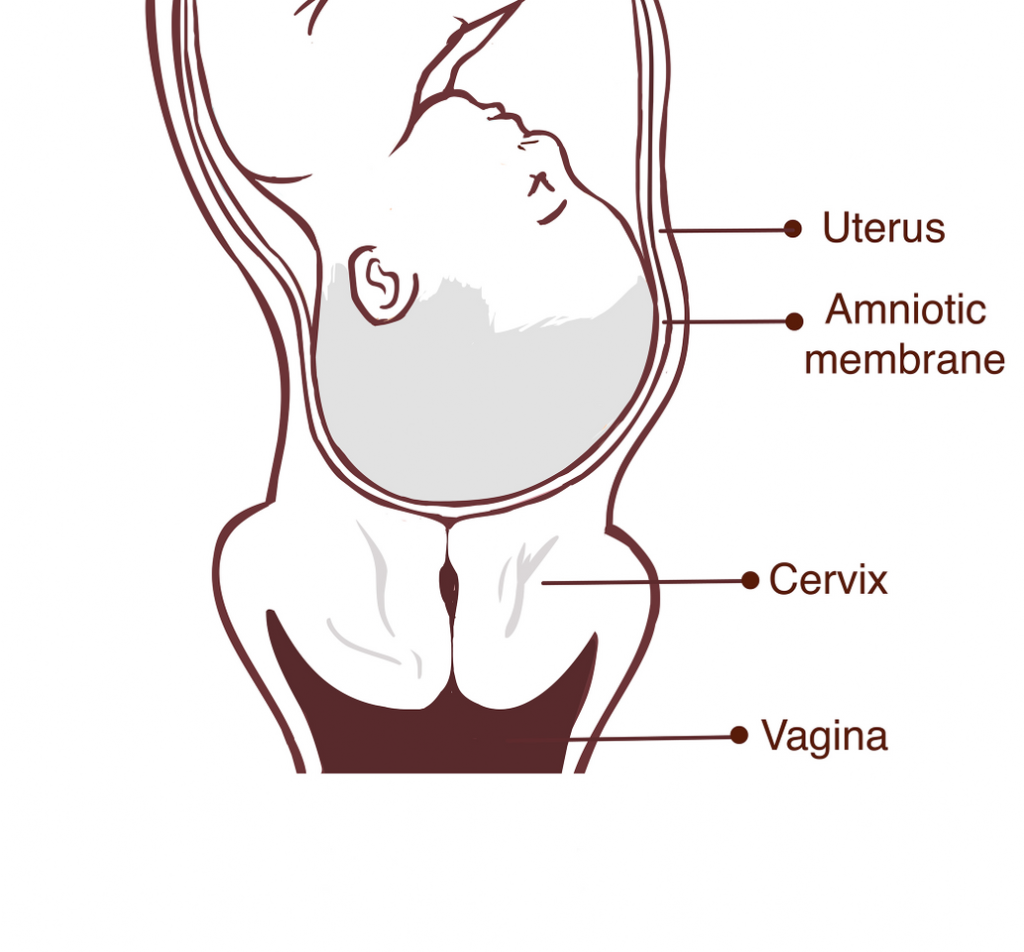Labor Induction
Medical Methods to Start your Labor
Humans are technically term from 37-42 weeks of pregnancy, yes 4-2! We often hold tightly to the “due date” we were given early in pregnancy and wait with bated breath for the day to arrive. Surprise, your baby could be ready to meet you a few weeks earlier or later than you expected so loosening our ideals around this date can be beneficial – an estimated date of arrival might be a craftier way to think of it, and it gives your baby wiggle room to come when they are ready.
There are many reasons why you and your healthcare provider might choose to induce your labor though. Induction methods vary, but the goal is to get your body into labor.
According to ACOG, inductions should only be done for medical reasons so the benefits outweigh the risks.
Just like every labor is unique, every induced labor is unique as well. You might use some of the techniques described below, you might use all of them, but there is no one-size fits all induction. Remember, we can influence labor, we cannot control it.
Reasons for medical induction may include:
- health concerns for the parent: gestational diabetes, pregnancy induced hypertension, problems with your heart, lungs or kidneys
- infection in the uterus
- problems with the placenta
- fetal concerns such as poor growth or low amniotic fluid levels
- premature rupture of membranes
- pregnancy lasting past 41-42 weeks
Reasons for induction not recommended by ACOG:
- tax break
- estimated big baby
- tired of being pregnant
- preferred zodiac sign or birth date
- your schedule
- your partner’s schedule
- your family’s schedule
- your doctor’s schedule
- anything to do with scheduling for convenience!

Influence the Cervix
The bottom part of the uterus is the cervix. Your cervix has to soften so that it can make the necessary changes in labor. Your natural prostaglandins will begin the process prior to labor and maybe even prior to your induction. If your cervix is already ripe, this might be a skip for you.
If it does need help softening or ripening, your birth team can start with prepared prostaglandins that are placed in or around the cervix or you can even take a pill.
Another option is a balloon catheter. It entails placing a deflated balloon through the cervix, and inflating it to apply pressure and hopefully, cause some manual dilation.
PROS:
- prostaglandins can ripen your cervix
- balloon catheters can manually dilate the cervix up to 3-4cm.
- you can still move around for comfort in most cases with both of them
CONS:
- may take 12 or more hours to soften or open – patience is your friend
- balloon catheters may be uncomfortable & may increase risk of infection
- the catheter cannot dilate you all the way!
Influence the Whole Uterus
Contractions will cause the soft cervix to thin and open in order for your baby to pass through. Oxytocin is your body’s natural contracting hormone. Pitocin is a synthetic version of oxytocin that can influence uterine contractions as well. It is given through an IV, usually starting with a small dose and working up the same way oxytocin levels increase throughout labor.
An amniotomy, artificially rupturing your membranes, is another tool that may promote labor. Only your healthcare provider will break your bags of water using a small crochet-like hook.

PROS:
- Pitocin is very good at contracting the uterus
- Pitocin can be used to start labor, speed labor up or to clamp down the uterus after the placenta is born
- Pitocin can be closely managed, turned up, turned down or turned off if needed
- you can still move around, even hooked up to an IV drip – you just might have a smaller range of motion
- breaking the bags of water may advance labor if baby is in a good position
- there are no nerve endings in the amniotic sacs so it isn’t painful
CONS:
- Pitocin contractions can hold longer & stronger
- this may be stressful for you & your baby
- stronger Pitocin contractions can be harder to cope with for some people
- Pitocin doesn’t produce the same feel good sensations in the brain as it’s natural counterpart like lowering stress & feeling happy
- breaking the bags of water may not move labor along if baby was not in an optimal position
- once the cushion of the bags is gone, labor can feel more intense
- increased risk of infection when the bags are gone
- very serious but rare complications can occur after an amniotomy
